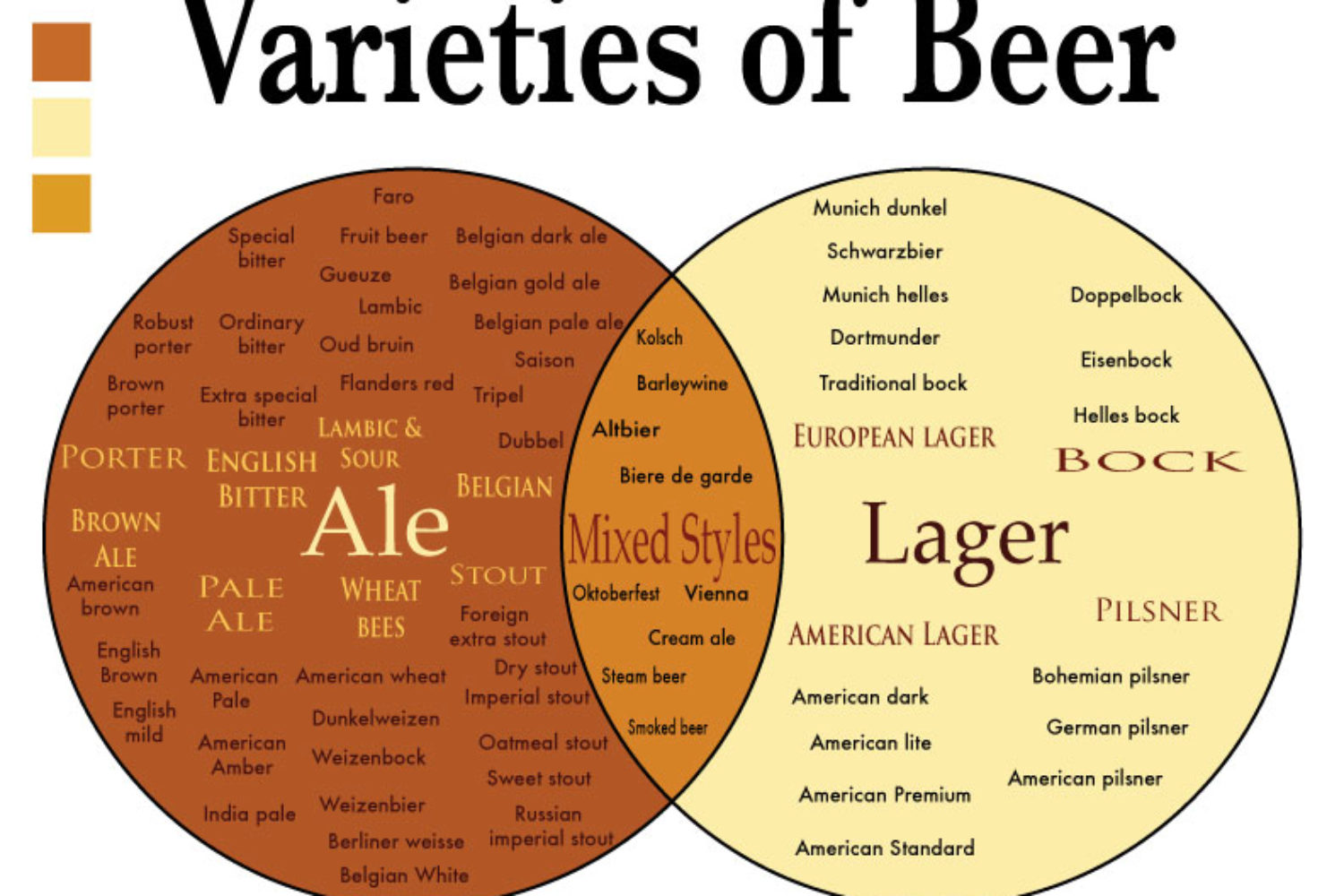WB-MIX witbier project began in 1997. The aim was to provide a method to produce a Belgian type wheat beer also known as white beer (wit means white in Dutch as Weiss in German) by privileging production flexibility allowing a quick response to new markets demands.
What we propose is the production of different Belgian type wheat beers by late differentiation down stream (Brand Final Touch) of a neutral base beer with the only requisite of having a low bitterness (10-12 EBU but 14-16 EBU could be manageable). The base beer could be a lager or an ale including or not some percentage of wheat.
WB-MIXes range of products is the result of a market survey, a marketing strategy, fundamental search on flavors (beers and spices), adjustment of search results to the consumer (tastings) and the follow-up of beers produced by this way since 1997.
WB-MIXes formulation settings were carried out after making a survey of the reasons of the success of white beer in Belgium that passed from being a village beer in 1978 to be currently produced at the rate of 1 000 000 Hl/year. This success is due to the fact that a whole rising generation liked this low bitter beer flavored with spices. It was an alternative to classical beer taste. Moreover, the product was well differentiated by its turbid aspect giving rise to a fashion trend similar to that which occurred with a popular Mexican beer in colorless bottle and served with a lemon piece in the bottle neck. The Belgian type white beer pleased beer lovers but also other consumers that did not like so much normal beer.
Our target was thus a person looking for alternatives to traditional beer. We analyzed 60 white beers (see Table below). On these values basis and the results of tasting pannels established according to our target definition, we composed a series of WB-MIXes. Then we made consumer tests (hypermarkets) in different countries. Different WB-MIXes came out due to their high « drinkability ». These formulas can be customized according to the own criteria of the brewer to be adapted to the brewer base beer and to reach a specific target.
The use of WB-MIXes offers several advantages in comparison with the traditional method which involves the use of spices in the brewhouse and « special » yeast strains producing the metabolites which impart to beer typical white type flavor and taste (essentially phenolic compounds: vinylguaïacol, eugenol, acetovanillone, etc.):
ADVANTAGES of the use of one of WB-MIXes
1) The use of WB-MIXes avoids production problems involved in the use of spices in the brewhouse:
– microbiological problems due to the presence of a whole series of exotic microorganisms on spices ;
– aromatic character variations from crop to crop and from one provider to another ;
– deterioration of spices aromatic properties during storage ;
– extract yield variations of spices aromatic compounds in the boiling kettle.
2) Witbier production with WB-MIXes avoids production problems related to the use of a different yeast strain to produce the metabolites that impart the typical white beer flavor and the risk of cross-contamination with the main yeast strain used in the brewery.
3) The use of WB-MIXes gives a higher taste reproducibility because all the natural aromatic compounds of the solution are standardized to have always the same concentration.
4) High reproducibility and stability of beer turbid aspect.
5) New white beer production start-up can be done very easily since the brewer can use as base beer a beer already produced in the brewery (the unique requisite being a low bitterness: 10-12 EBU).
6) The use of WB-MIXes offers high production flexibility, allowing a fast response to the market.
7) All the ingredients of the WB-MIXes are 100% naturel.
8) This process allows to produce a Belgian type wheat beer without alcohol by using a NABLAB as base beer.
Therefore the WB-MIXes have been developed from the analysis of about sixty beers by measuring the higher alcohols, esters, organic and fatty acids, phenolic compounds and molecules such as damascenone, furaneol, linalool and its acetate, alpha-pinene, limonene, gamma-terpinene, etc. All these compounds can either be of fermentative origin or come from specific hops, spices such as coriander and bitter orange peel among others.
WB-MIX is the result of a market survey, a marketing strategy, fundamental search on flavours (beers and spices), adjustment of search results to the consumer (tastings) and the follow-up of beers produced by this way since 1997.
|
Values in ppm
|
||||
|
mean
60 beers |
minimum
60 beers |
maximum
60 beers |
flavour/
taste |
|
| propanol-1 isobutanol isoamyl alcool 2-phenyl alcool ethyl acetate isoamylacetate ethylcaproate ethylcaprylate ethylcaprate phenylethylacetate |
18,80
36,50 58,00 33,00 32,00 4,00 0,12 0,25 0,05 0,98 |
11,30
19,80 41,00 13,00 13,00 0,70 0,06 0,04 0,01 0,09 |
52,10
59,80 102,00 64,00 54,00 9,00 0,20 0,37 0,26 2,24 |
fusel
fusel fusel rose solv/fruity very fruity fruity/wine fruity/wine fruity/wine rose/honey |
|
Values in ppb
|
||||
|
mean
60 beers |
minimum
60 beers |
maximum
60 beers |
flavour/
taste |
|
| phenol4 guaïacol 4-vinyl phenol 4-vinyl guaïacol eugenol isoeugenol 4-vinyl syringol 4-OH-benzaldehyde acetovanillone vanillin |
40
120 970 1500 70 38 310 125 153 110 |
–
– 10 280 – – 96 – – – |
110
360 7390 3710 215 156 586 318 474 450 |
phenolic
phenolic phenolic cloves phenolic cloves smoke phenolic vanilla vanilla |

